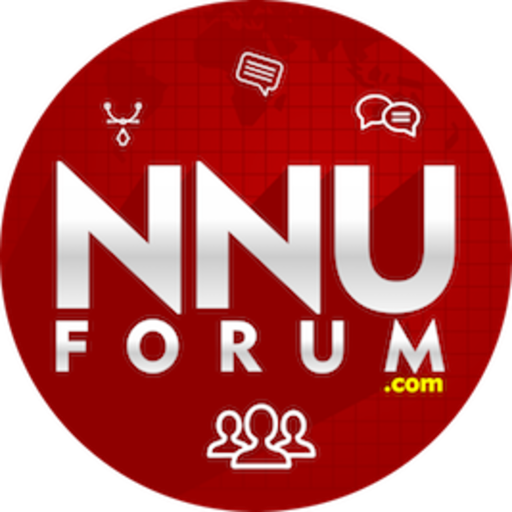35-Year-Old’s Side Hustle Makes Over $50k a Month: ‘Magnetic’

This Side Hustle Spotlight Q&A features Alyssa O’Toole, 35, of Boston, Massachusetts. O’Toole is the founder of Musicians Playground, a Boston-based music studio and community built like a gym for musicians, offering adult hobbyists group classes in piano, voice and guitar, along with music-based team-building events. She’s also the co-founder of Seven, a consulting company helping brick-and-mortar, service-based business owners scale to the $1 million revenue mark. Responses have been edited for length and clarity.
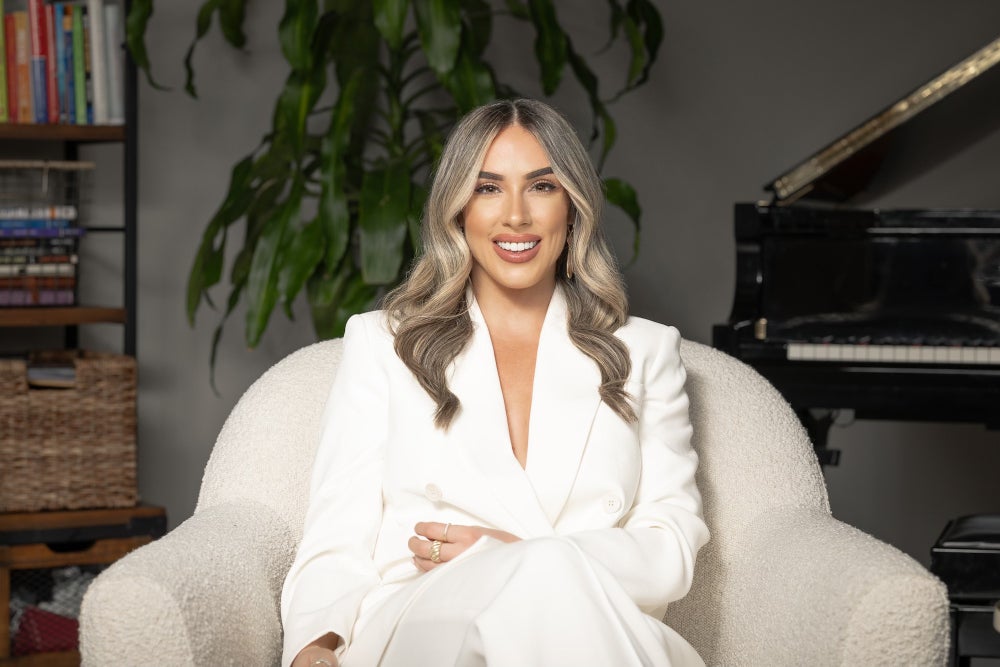
Image Credit: Courtesy of Musicians Playground. Alyssa O’Toole.
Looking for a profitable side hustle but not sure where to start? Money Makers is a free newsletter providing helpful tips, ideas and action items to build your own lucrative venture — delivered straight to your inbox. Sign up here.
What was your day job or primary occupation when you started your side hustle?
At the time, I didn’t have a single primary job — instead, I was doing anything and everything to get by. I taught music lessons all over the city, sometimes driving 30 minutes each way for just $20. I worked as a CrossFit instructor, did promotional modeling for alcohol brands, served coffee at Dunkin’ Donuts and even worked for free at a design firm just to “get experience.” There’s truly nothing I wouldn’t have done for my dream. It was a nonstop hustle — racing from gig to gig, juggling mismatched uniforms and odd hours — to buy myself one more day to keep building what would eventually become Musicians Playground.
Related: Want to Start a Side Hustle Helping a Small Business? Here Are the Gigs That Pay the Most.
I was never above any kind of work. I did whatever it took to support myself while holding onto a vision only I could see. And while I often felt a little embarrassed bouncing between so many “dead-end” jobs with a bachelor’s degree in business, those years gave me something far more valuable than a tidy résumé: grit, people skills and the kind of real-world problem-solving no classroom can teach.
When did you start your side hustle, and where did you find the inspiration for it?
I officially started my side hustle in 2012, though in many ways, the seeds were planted long before that. I’ve been a pianist for over 20 years, and music has always been more than just a passion — it’s been a source of joy, healing and identity. It’s taught me some of the most important lessons I’ve carried into entrepreneurship: discipline, listening, creativity, resilience. I also had a deeply ingrained love of teaching from an early age.
The real inspiration clicked when I started thinking about music the same way I thought about fitness. I’ve always loved working out, so I started to ask: Why don’t we treat music the way we treat exercise? Why isn’t there a space where adults can go to play music regularly, socially and without pressure — like a gym, but for musicians? That question became the foundation for Musicians Playground. While I always knew the need for it existed, I didn’t fully grasp how much adults craved this kind of creative outlet until I watched the community come to life.
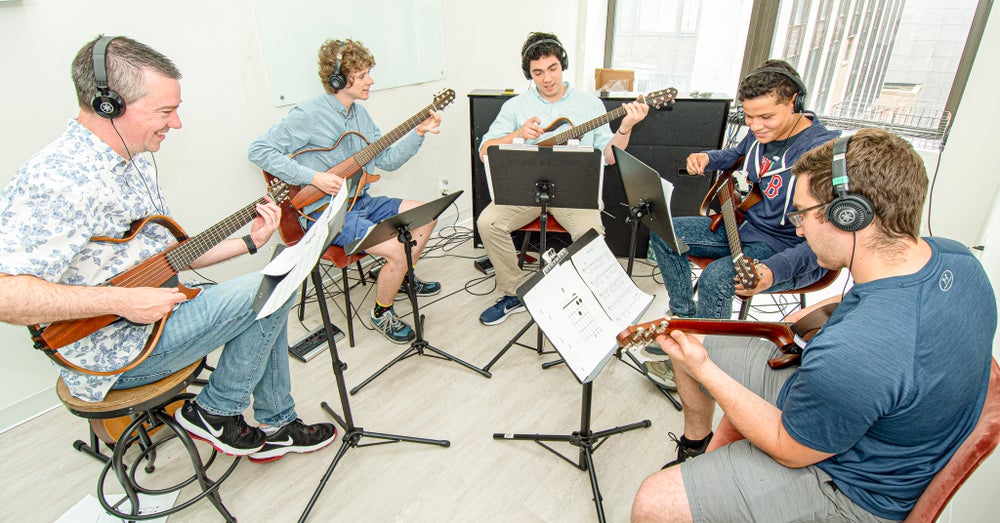
Image Credit: Courtesy of Musicians Playground
What were some of the first steps you took to get your side hustle off the ground?
I launched the side hustle with grassroots marketing — also known as marketing with no money. My priority was delivering an exceptional experience. I knew if I could go above and beyond for every client, word would spread. People talk about things that make them feel good, and I wanted every lesson to be something worth talking about.
The second piece was getting really clear on what I was actually offering. It wasn’t just about learning to read notes on a page — it was about helping people reconnect with play, creativity, confidence and joy. Once I framed it that way, the message became magnetic. Whether I was talking to someone casually or putting together a flyer, I focused on what mattered most to the people I wanted to attract: transformation, not just instruction.
Related: She Quit Her Job at Trader Joe’s After Starting a Side Hustle With $800 — Then She and Her Brother Grew the Business to $20 Million
I experimented early on with partnerships — local schools, organizations — but they rarely brought in the kind of client I was hoping to reach. What worked best? Hosting regular social events for my students. Especially for adults, these events created a sense of community, fun and belonging that kept them coming back — and bringing their friends with them. Over time, that community grew organically and became the social proof others needed to believe they could be part of it too.
Eventually, that growth meant hiring more teachers, expanding our services and moving into bigger and better spaces. Ironically, it wasn’t until I signed a lease for $10,000 a month in downtown Boston back in 2019 that I finally looked into paid marketing. Up to that point, I had grown the business to around $200,000 in revenue with nothing but word-of-mouth marketing, clear messaging and community-building.
If you could go back in your business journey and change one process or approach, what would it be, and how do you wish you’d done it differently?
First, I would have been much more selective about the coaches and consultants I invested in. Early on, I spent a lot of money working with people who either didn’t understand my industry — brick-and-mortar, service-based businesses — or simply weren’t equipped to meet me where I was in my journey. Some were great marketers of themselves, but not great coaches in practice. Looking back, I would’ve only worked with people who had successfully built something similar to what I was trying to build.
I also wish I had learned paid marketing myself much earlier, with the support of a trusted expert or advisor, instead of outsourcing it too quickly to agencies. To this day, I’ve never found an agency that has outperformed what my business partner and I have done ourselves when it comes to marketing and sales optimization. I ended up risking hundreds of thousands of dollars on agencies that didn’t truly understand our business. Had I taken the time to learn the strategy in-house first, I could’ve made far better decisions about where and how to spend those dollars.
And lastly, on an emotional level, I wish I had known how to separate myself more from the business. In the early years, every cancellation, failed sale or team member leaving felt personal — like a direct reflection of my worth. I carried that weight for way too long. Over time, I’ve learned that not everyone is going to like you, agree with you or stay forever, and that’s okay. That doesn’t mean I’m a bad leader or a broken person. Now, when I’m triggered by something, the first thing I ask is: “Is this a gravity issue?” In other words, is this just a natural part of doing business? If the answer is yes, I check what’s in my control, handle it as best I can and let go of the rest.
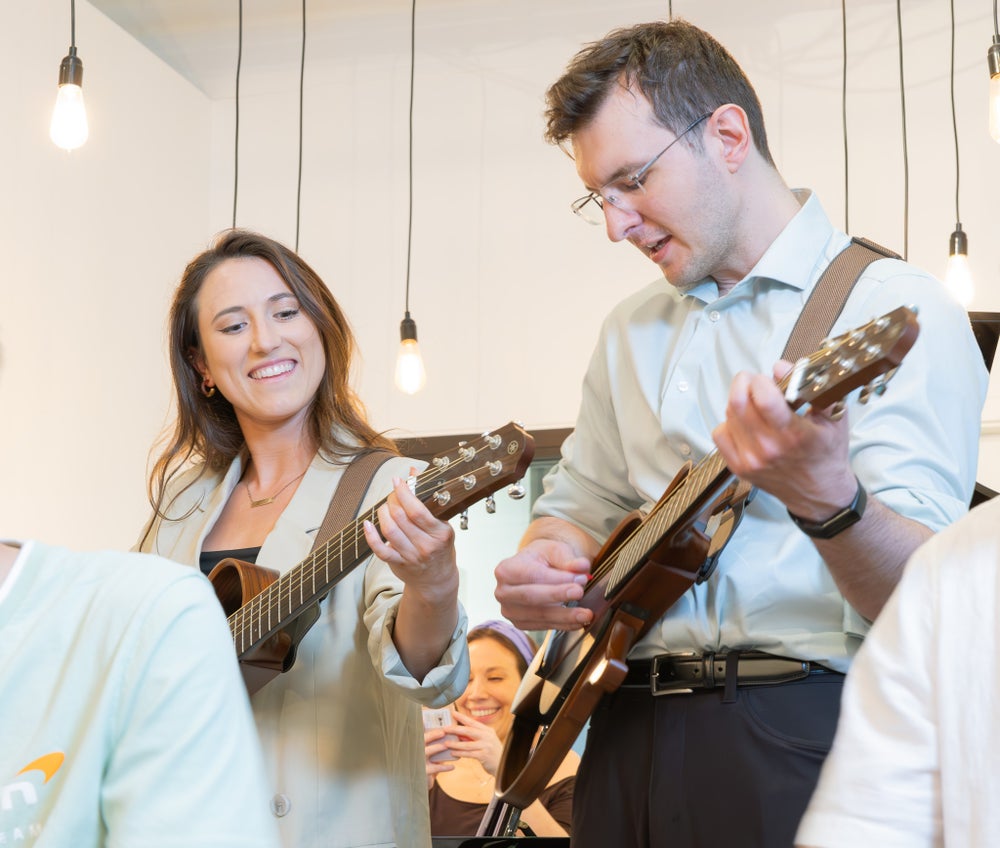
Image Credit: Courtesy of Musicians Playground
When it comes to this specific business, what is something you’ve found particularly challenging and/or surprising that people who get into this type of work should be prepared for, but likely aren’t?
One of the most surprising and challenging things is the massive difference between being a great technician — whether that’s a teacher, coach or musician — and being a successful owner/operator of a business. When we turn our passion into our livelihood, we don’t just sign up to do more of what we love — we’re also choosing to become business owners. And if we want any long-term freedom, we have to fully embrace that role.
Being a great teacher requires empathy, presence and creativity. Being a great owner requires leadership, systems thinking, financial literacy and the ability to make hard decisions — often at the expense of the very work you once loved doing. And the bigger the business grows, the wider that gap becomes.
When I coach studio owners around the world, we’re constantly revisiting the question: What do you want your day to actually look like? Because growth isn’t just about revenue — it’s about aligning the business with the kind of life you want to live. For me, that meant scaling back from 40 hours a week of teaching to just a handful. It meant spending most of my time on things that had nothing to do with music — operations, hiring, marketing, legal and systems. It was a huge identity shift.
Related: This 34-Year-Old Was ‘Wildly Un-Passionate’ About His Day Job, So He Started a 9-Figure Side Hustle: ‘Be an Animal’
Can you recall a specific instance when something went very wrong? How did you fix it?
One of the biggest mistakes I made was signing a commercial lease that tripled our rent without fully understanding what I was committing to. My advisor warned me not to do it, and in hindsight, he wasn’t wrong. But I was all-in on the vision and convinced it was the leap we needed to grow.
What I lacked was the business acumen to support that kind of decision — no systems, no financial clarity and no real grasp of things like P&Ls or marketing ROI. That lease forced me to learn fast. It was overwhelming, but I had a team relying on me and a mission I refused to give up on.
That year, my mentor joked I gave myself an MBA — and honestly, he wasn’t wrong. I finally started running the business like a business.
Today, it feels like I’m piloting a well-built plane with clear instruments, a flight path and the right people on board. But back then? I was building the thing mid-flight in a storm, just trying to keep us in the air. That experience didn’t just change how I lead. It made me capable of building something that lasts.
How long did it take you to see consistent monthly revenue? How much did the side hustle earn?
From the beginning, I built the business on a monthly recurring revenue (MRR) model, which meant I had consistency early on, even if the numbers were modest. In the earliest phase, I was earning just a few thousand dollars a month, and because I was doing everything myself, most of it was profit. As my student base grew and I began slowly expanding the services, that monthly revenue climbed steadily — from $10,000 to $20,000, then $50,000 per month and beyond. It wasn’t overnight, but the momentum built as I refined the offer and began thinking beyond my own teaching hours.
What does growth and revenue look like now?
Today, we’re averaging about 20% year-over-year growth, with most of our monthly revenue still coming from recurring memberships rather than one-off sales. That MRR model continues to provide stability and predictability as we scale. With the help of my business partner — who joined the team just over a year ago and brings a strong background in consulting — we’ve been able to significantly strengthen our systems, strategy and operations. We’re aiming to cross the $80,000 monthly revenue mark within the next 12 to 16 months and are actively laying the groundwork to open a second location by late 2026. At this stage, growth is more strategic — it’s about refining operations, developing our team and building infrastructure that supports sustainable, long-term expansion.
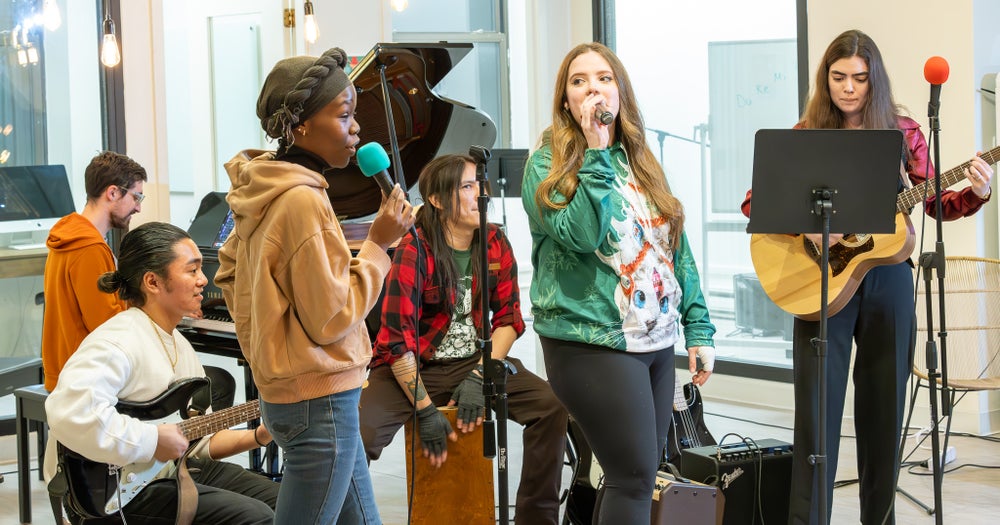
Image Credit: Musicians Playground
What do you enjoy most about running this business?
The business was born from my imagination, and every day, it continues to grow from that same place. Every decision I make, every system I build, every risk I take, feels like another brushstroke on a decade-long masterpiece. For years, it felt like I was working in the dark. But looking back now, I can see something truly meaningful has taken shape — something alive, impactful and uniquely mine.
What I love most is that no day is the same. Each one brings new challenges and new chances to grow. I get to wake up and give everything I have — pushing my limits, going deeper and showing up with purpose. It’s not pressure — it’s passion.
Related: This 17-Year-Old High School Student Has a $20,000-a-Month Side Hustle — and It All Started With a Skill He Learned in Class
What is your best piece of specific, actionable business advice?
Start by creating a real business plan before doing anything else. Download a simple template online and actually fill it out. Don’t just focus on the big-picture vision; include practical details like your pricing model, target market, projected revenue, startup costs and growth strategy. Even if it evolves, the process gives you a grounded framework to build from and helps you ask smarter questions and seek more focused support when you connect with mentors or advisors.
Next, find as close to a risk-free or low-cost way to start as possible. Before signing a lease or taking on major overhead, look for creative solutions. I launched Musicians Playground from a live/work loft, which kept rent manageable and gave me the flexibility to grow organically before eventually committing to a $10,000-a-month commercial lease. Many of my clients have done the same, starting out of their homes, in churches or shared community spaces. The goal is to reduce financial pressure early so you can focus on refining your offer and building demand before scaling up.
Third, track everything from the beginning: revenue, expenses, leads, conversions and retention. Most entrepreneurs wait too long to get serious about their numbers, but understanding them early gives you a huge advantage. You don’t need fancy software; a simple spreadsheet works. What matters is developing the habit of making decisions based on data, not just instinct.
Finally, invest in technology that helps you run your business more efficiently. Tools like QuickBooks for finances, a CRM for client relationships and email or SMS marketing platforms can save time, reduce overwhelm and give you better insight into how your business is performing. The right systems create space for you to focus on what really matters: building something meaningful and sustainable.
It takes heart to build a business, but it also takes structure. The sooner you give yourself both, the smoother the journey becomes.
